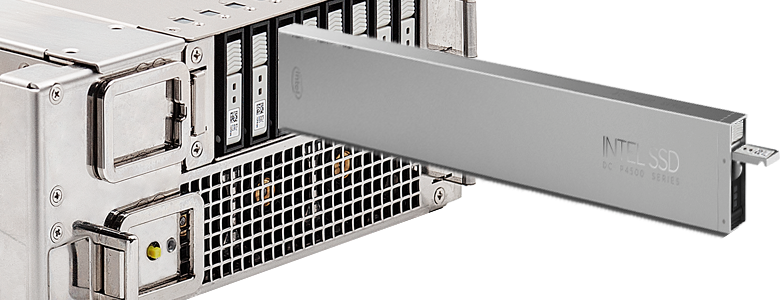20" deep XR6 Compute, Storage and Expansion Modules
Capability-dense "plug-and-pull" blades that can be combined, configured and repurposed in multiple chassis to meet precise application needs
Capability-dense "plug-and-pull" blades that can be combined, configured and repurposed in multiple chassis to meet precise application needs
Rack server refreshes are difficult and costly endeavors that require “rip and replace” when an entire server must be taken offline, removed from the rack, then upgraded or replaced. Mercury’s hot swappable “plug-and-pull” blades can be individually replaced while the server remains in the rack and stays operational to maximize uptime and cost-effectively refresh technology as your application evolves.
Mix and match blades in edge-ready 2U, 3U or 4U slim chassis options to construct granulate architectures and achieve precise functionality for any platform. Minimize the need for backup or spare servers by building in local level blade redundancy or virtualizing nodes. Our edge-ready blades incorporate advanced thermal and mechanical design features to accelerate performance in any environment.

Blades can be reconfigured or repurposed across multiple applications and platforms, minimizing the need for spares, streamlining serviceability and maximizing investment. With per-blade weights low as 5lbs, they are easy to store, ship, carry and replace.
Gain faster insights, support larger data sets required for machine learning and collect more or higher-resolution data from multiple edge devices. Our newest blades pack multiple processors and high-capacity, high-performance NVMe storage so you can accelerate decision-making by capturing, storing and analyzing data at the edge in real time instead of discarding information or sending it to the cloud for processing.
Harness parallel processing to maximize throughput, boost productivity and push the boundaries of compute-heavy AI, machine learning and sensor fusion applications. Our HDP blades tackle demanding workloads with the latest NVIDIA GPUs.
Streamline demanding edge workloads with high-speed, low-latency and bottleneck-free networking through our 1GbE or 100GbE blade switches that integrate data center-proven Mellanox technologies.
